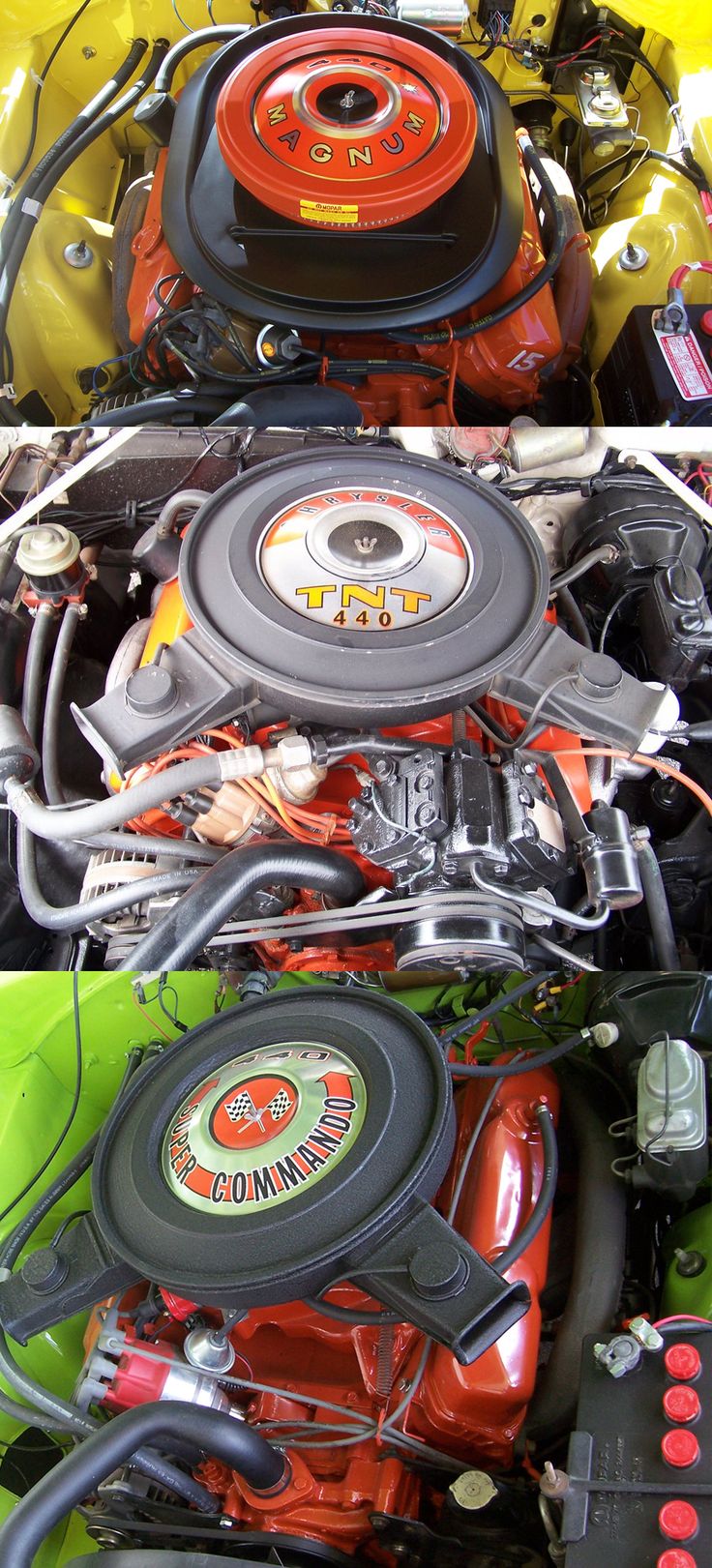

The A-series cylinder heads featured polyspheric not hemispheric as found in the FirePower engines combustion chambers, which led to them being referred to as Poly engines. It will cover the following five engine families. The thickness of the main support is labeled "A" while the thickness of the metal forming a "shell" around the bearing is labeled "B.This article will cover the majority of Dodge, Chrysler, and Plymouth V8 engines from through We have compiled a list of the casting numbers for both the cylinder heads and engine blocks, to be used as a reference when searching the junkyard. What you are looking at above is the number 2 main bearing support on a 75 or earlier This is the area that surrounds where the top shell of the main bearings fit into the block, and the supports that lead from this point diagonally up into the block, to the bottom of the cylinders. Also on that note, we know of several machine shops that have been going. So, the bottom line? Save and use those late model blocks.Īnd go. Which is great news for us racers and performance enthusiasts. Since the reasoning behind thin wall blocks is that the factory used this practice in the late 70's to save money on iron which is a known fact with SB Chevy enginesthe fact that later blocks weigh more shows that Chrysler had no intention of using less iron to save money. Like the Mopar Action article, we have weighed many blocks and have found later blocks to weigh more, or have more cast iron in them. Another issue is block weight, or the quantity of cast iron which is actually used in the block. We've tested over 50 with the same results. They also explain how statistically 20 blocks is enough of a sample to estimate the rest of the blocks out there. There was also an article from Mopar Action magazine by Andy Finkbeiner of AR Engineering in which they sonic check 20 blocks and come up with the same findings we did. This makes perfect sense, considering that B engines were in production for over 2 decades.

In fact, we have found later blocks to have less core shift, meaning the cylinder walls are of a more uniform thickness all the way around. We have sonic checked over 50 blocks, and have found absolutely no evidence that later model blocks have cylinder walls that are any thinner then earlier blocks. There is no such thing as thinwall blocks. So what is the truth? Air 35 sz 7 zoom 001 pegasus shoes nike 942855 womens So, it is to the benefit of everyone involved to help spread information which is known to be true, even if goes against popular thinking. However, it does demonstrate how even someone who does their research could be easily confused. As racers and hobbyists, we are grateful for the resources and aftermarket parts that Chrysler makes available.

We will answer all these questions once and for all based on scientific fact. What is the Mopar enthusiast supposed to think? Are the thinwall blocks fromor are they from ? Can you bore them. First, let us address the biggest myth of all: For many years it was thought that late model blocks were thin wall and should not be bored more than.Īs such they shouldn't be overbored more then. Hopefully this page will help hobbyists, restoration experts, and racers decide which choice of block is best for them. This eliminates all chance of secondhand information, rumors, marketing or sales talk, etc. Add 231 Horsepower to a Motorhome Engine With Bolt-On Parts! All the facts listed below are the result of our independently testing, measuring, sonic checking or otherwise gathering information directly from original sources: either the blocks themselves or the original factory drawings blueprints that Chrysler used to manufacture the blocks. We have used this opportunity to try and keep records as much as possible as to different advantages and disadvantages that various blocks offer. In the many years we have been involved with the big block Mopar engine, we have seen and owned many many hundreds of used core engines. Never has there been more misinformation, propaganda and rumors floating around. Everything you've ever wanted to know about blocks and more Written by Brandon Nicholas in Blocks are one of the most misunderstood aspects of building a big block Mopar engine.


 0 kommentar(er)
0 kommentar(er)
